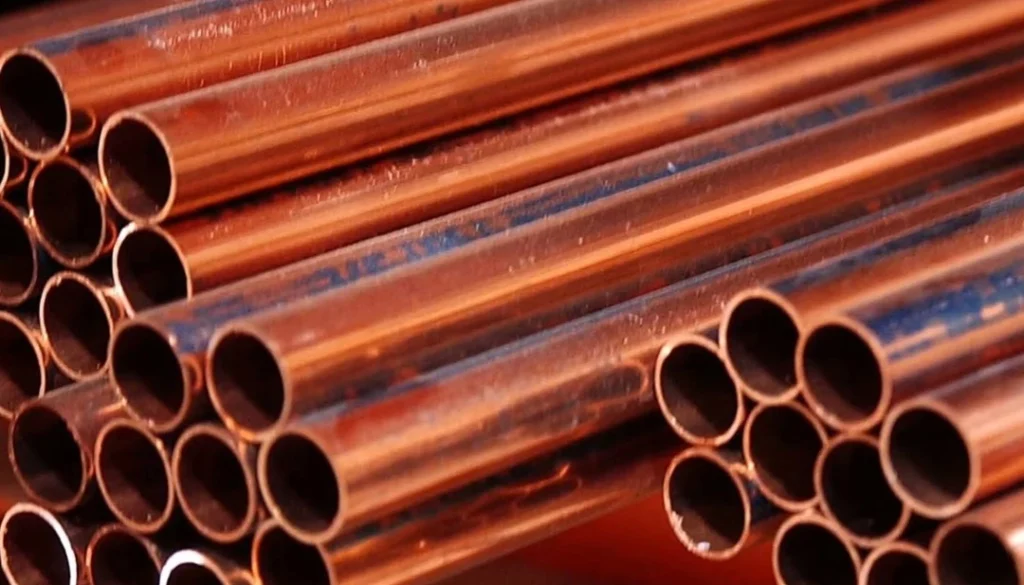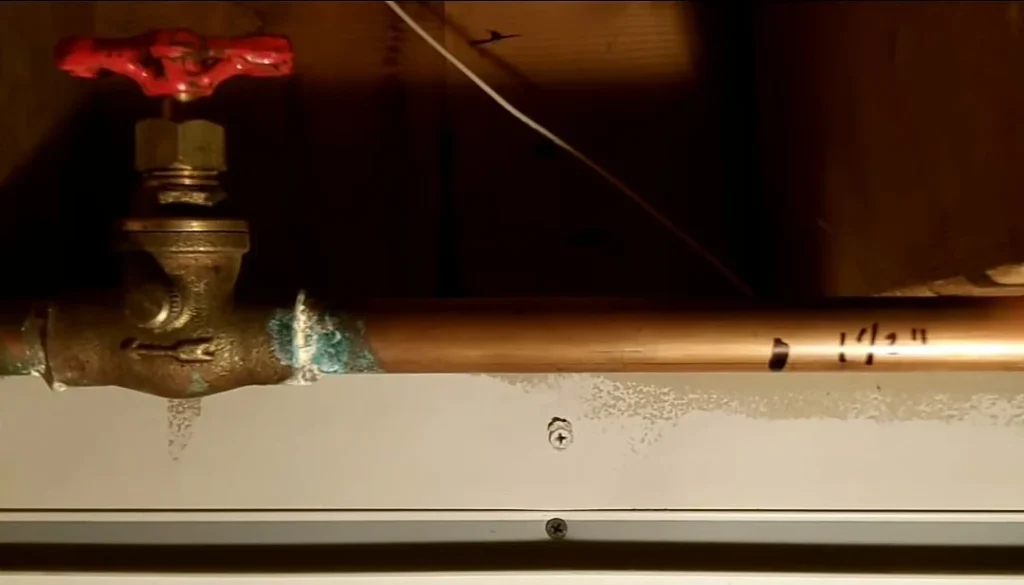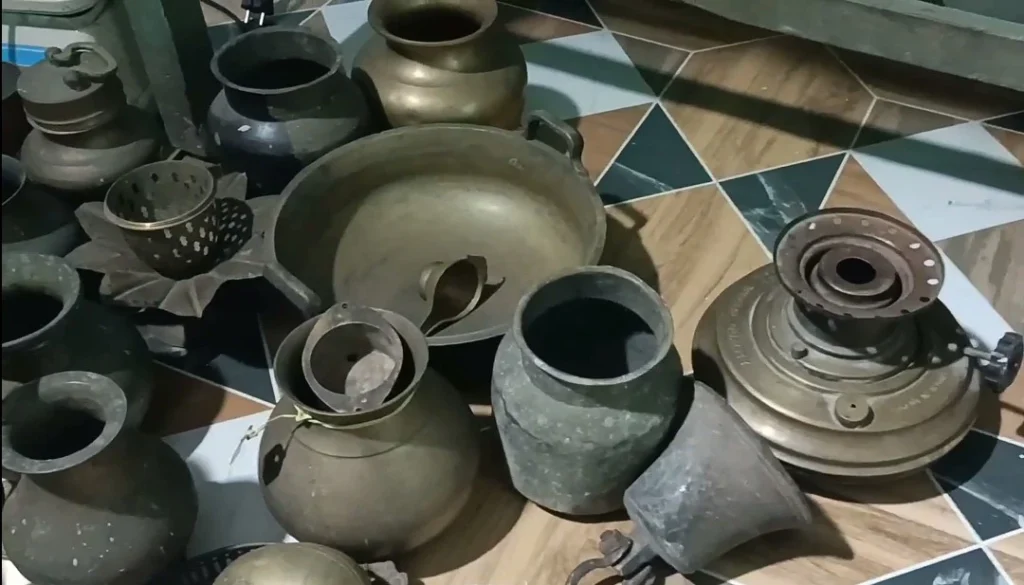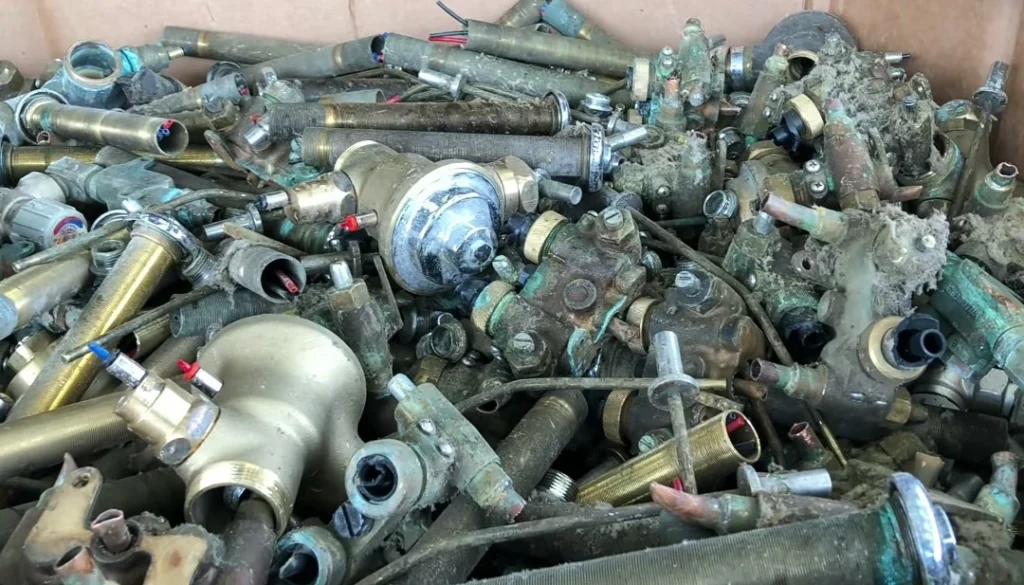Bronze Scrap Prices
Bronze is a combination of copper and tin. This type of metal has unique qualities like durability, corrosion resistance, etc. It is primarily used in art and sculpture to industrial components. In this article, we will briefly discuss scrap bronze prices, how to collect bronze scrap, and how we will get more value from this type of scrap.
Bronze Bearings
£ 3.11 – 3.29 Per Kg
Bronze Pipe
£ 2.21 – 2.49 Per Kg
Bronze Valve
£ 3.76 – 4.00 Per Kg
Bronze Instrument
£ 3.17 – 3.36 Per Kg

Bronze Pipe Scrap Metal UK

Bronze Valve Scrap Metal UK

Bronze Scrap Metal UK

Mix Bronze Scrap Metal Prices UK
Bronze Scrap Prices Per Kg
Scrap bronze prices are affected by different factors, such as demand and global economic conditions. The combination of copper and tin (Bronze) is traded in international markets, and their prices fluctuate based on demand and supply.
Metals
Prices Per Kg
| Clean Bronze | £ 3.19 – 3.40 Per Kg |
| Bronze Bearings | £ 3.11 – 3.29 Per Kg |
| Bronze Pipe | £ 2.21 – 2.49 Per Kg |
| Bronze Valve | £ 3.76 – 4.00 Per Kg |
| Bronze Instrument | £ 3.17 – 3.36 Per Kg |
| Mix Bronze | £ 2.00 – 2.11 Per Kg |
| Bronze Springs | £ 2.17 – 2.31 Per Kg |
| Electrical Hardware | £ 2.29 – 2.52 Per Kg |
Clean Bronze
The scrap bronze prices of clean bronze are £ 3.19 – 3.40 per kg. Bronze is mostly used in coins and art. Its use started thousands of years ago, so this type of metal is found everywhere.
Bronze Bearings
The scrap bronze prices of bronze bearings are £3.11 – £3.29 per kg in the UK. The bronze effect plays a vital role in the mechanical field. It is an essential component of machinery. Therefore, broken, expired, and useless bearings are large scraps.
Bronze Pipe
The scrap bronze prices of bronze pipe are £ 2.21 – 2.49 per kg in the UK. The bronze pipe is a plumbing item; its use is vast worldwide, so the scrap generated is a large amount of bronze pipe in different regions worldwide. The prices of bronze pipes vary from city to city in the UK.
Bronze Valve
The scrap bronze prices for bronze valves are £ 3.76 – 4.00 per kg in the UK. A Bronze Valve is a plumbing item mainly used in plumbing fixtures. Useless, broken, and old valves are scrap.
Bronze Instrument
The scrap bronze prices of bronze instruments are £ 3.17 – 3.36 per kg in the UK. The prices of bronze instruments depend on the grade or quality of the metal. Bronze is used in different types of instruments, such as scientific instruments, musical instruments, nautical instruments, and artistic instruments. Therefore, the prices of bronze depend on the quality or grade of bronze.
Mix Bronze
The scrap bronze prices of mixed bronze are £ 2.00 – 2.11 Per Kg in the UK. A mixture of bronze with other metals can affect the quality or grade of bronze. Therefore, the price of mixed bronze is less than that of other types of bronze. Here, the term mixed bronze can be discussed as unclean, and alloys of different metals with bronze fall in the category of mixed bronze.
Bronze Springs
The scrap bronze prices of springs are £ 2.17 – 2.31 Per Kg in the UK. Bronze springs refer to springs made from bronze. Bronze is known for its excellent elasticity and durability. Bronze is corrosion-resistant, highly fatigue-resistant, temperature-stable, and recyclable. The use of bronze springs is vast worldwide; therefore, a large amount of scrap is produced in the form of bronze springs, and most scrap buyers offer reasonable prices for this type of material.
Electrical Hardware
The scrap bronze prices of electrical hardware are £ 2.29 – 2.52 Per Kg in the UK. Electrical hardware consists of connectors and terminals, bushing and insulator grounding hardware, etc.
Bronze Scrap
Bronze scrap refers to recycled bronze materials that are not in use, defective, or broken and collected for recycling. Recycling bronze scrap is a common practice to recover valuable metals and helps reduce the demand for new bronze metals.
Collection of Bronze Scrap
Bronze scrap is collected from different sources like machinery parts (bearings), decorative items, art items, coins, springs, bronze pipe fittings & old pipes and valves, etc.
Eco-Friendly
Recycling of bronze is eco-friendly. Recycling of such metals reduces environmental effects and also reduces mining for such precious metals.
Scrap Bronze Prices
Scrap bronze prices are based on the metal’s grade or quality. If said metal is un-alloyed and clean, then metal grading will be high, increasing scrap bronze prices.
Recycling of Bronze Scrap
Bronze is a precious material in human history. It is a bronze alloy containing copper and tin. Bronze is known for its durability and corrosion resistance. Recycling bronze scrap metal is environmentally friendly and less expensive than mining metals. Recycling involves collecting, sorting, and melting the bronze to extract the reusable metal. Recycling bronze scrap is part of a broader effort to reduce the environmental impact associated with metal production.
Collection of Bronze Scrap
Collecting bronze scrap is a profitable venture, as bronze is a valuable alloy made of copper and tin. It is commonly found in various forms like old machinery, pipes, plumbing fixtures, coins, sculptures, and bearings. Here’s a definitive guide on how to collect and manage bronze scrap. Look for old machinery like appliances, bearings, pipes, and plumbing fixtures where bronze metal is used.
Identify Sources of Bronze Scrap
Quality or Grading of Bronze Scrap
Market Trends
Storage
Sorting of Bronze Scrap
Separating different types of bronze items based on various criteria, such as size, condition, and form, is called bronze sorting.
Identify
Sort by size
Categorized by Form
Melting of Bronze Scrap
The melting of bronze scrap is an essential part of the recycling of bronze scrap. This process helps separate particles of various metals from the bronze and turns the bronze into a raw material for new manufacturing.
Preparation for Melting and Further Processing
Recycling helps conserve natural resources and reduces the mining and processing of raw materials.
(FAQs)
Conclusion
Bronze, a durable alloy made from copper and tin, boasts unique qualities such as corrosion resistance, making it valuable in various industries, from art and sculpture to industrial applications. This article delves into scrap bronze, discussing its prices, collection methods, and ways to maximize its value.
The detailed breakdown of scrap bronze prices per kilogram across different categories, such as bronze bearings, pipes, valves, instruments, and more, provides valuable insights for those engaged in the scrap metal trade. The article emphasizes that these prices fluctuate due to global economic conditions, demand for bronze metal and bronze scrap, etc.
The article highlights the eco-friendly nature of recycling bronze and its environmental benefits and cost-effectiveness compared to traditional mining. It stresses that recycling involves collecting, sorting, and melting to extract reusable metal, contributing to sustainability efforts.
The guide on collecting bronze scrap offers practical advice, urging individuals to identify sources like old machinery, construction sites, and flea markets. The emphasis on grading based on purity and condition underscores the importance of quality in determining scrap bronze prices.
Market trends are crucial; staying informed about prices helps individuals maximize their earnings. Proper storage and sorting are recommended, emphasizing identifying and categorizing bronze items for efficient recycling.
